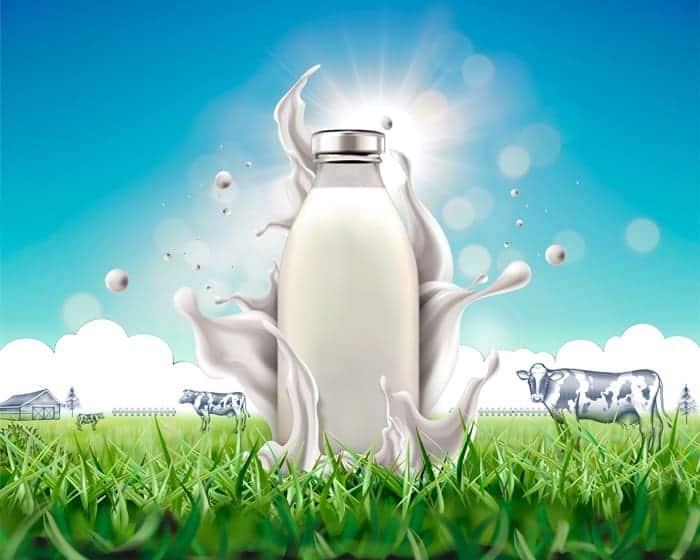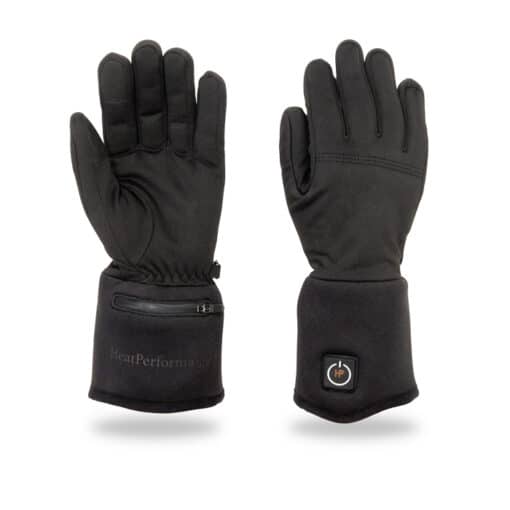Gloves
Our gloves are made of… milk silk!
Cotton, polyester, wool, we’ve all come across those. But milk silk? Chances are, you’ve never heard of it. We use this material in our HeatPerformance® THIN heated gloves, and there’s a good reason for it. Let us tell you all about it.
Is milk silk really made from milk?
Yes definitely, without milk, there is no milk silk. To make milk silk, the milk is skimmed before the moisture is removed. The milk powder that remains is decomposed and filtered, leaving the casein behind. The substance is then immersed in an alkaline solution. Ultimately, you are left with a tangle of fibres, which are stretched into a thread. The thread can be woven thick or thin into a T-shirt or into the fabric used in our THIN heated gloves.
Is it sustainable?
Waste milk from dairies is used to produce milk silk. Milk that would otherwise have been discarded. In Germany alone, two tonnes of milk are wasted ever year because it is not of the quality required for consumption. Unfortunately, it is a relatively expensive fabric. To give you an idea, it takes one kilo of milk fibre to make only five to six T-shirts. If this is too abstract, try this comparison: one kilo of polyester hovers around £1, but one kilo of milk fiber costs around £30. That’s still a lot cheaper than silk, which you’ll soon be paying double for.
Researchers and manufacturers are currently working hard to develop a technology that will also make the production process more sustainable. Unfortunately, this is not the case at the moment. The production process uses chemicals such as acrylonitrile and formaldehyde that can be harmful – incidentally, that also happens in the production of other fabrics such as polyester and cotton.
The German company Qmilk is one of the forerunners in the development a new zero-waste production process and uses only biodegradable substances to produce milk fibres. However, they do not disclose the methods that they use to avoid acrylonitrile or formaldehyde in the process. Still, we are hoping for rapid results so that a 100% sustainable product can be used globally.
What are the properties of milk silk?
Milk silk is a soft and smooth material – the fabric feels a little like silk, hence the name – milk silk. The fabric has relatively high-moisture wicking properties and scores higher on breathability than silk. Milk silk is also hypoallergenic, which is good news for people who are prone to allergic skin reactions.
So why did we decide to use it in our gloves?
One of the main factors in keeping your hands warm is avoiding moisture. Wet hands get cold faster. One of the properties of milk silk is its ability to inhibit the penetration of moisture from outside, while at the same time letting out moisture from the inside. Additionally, the fabric also feels soft and smooth and has a nice luxury feel.
Want to try it out? Our electrically heated gloves are thin and flexible, they fit under your regular gloves but are also ideal for use while working around the home. Do you suffer from cold hands quickly? This is undoubtedly going to become one of your favourite items!


